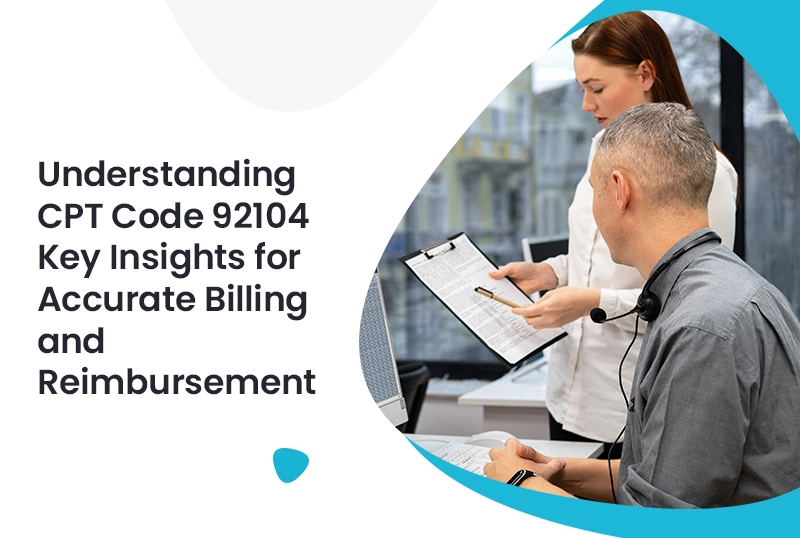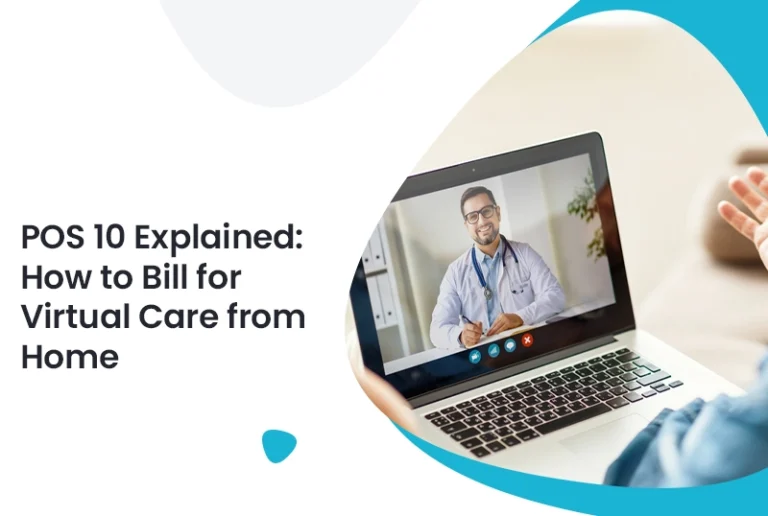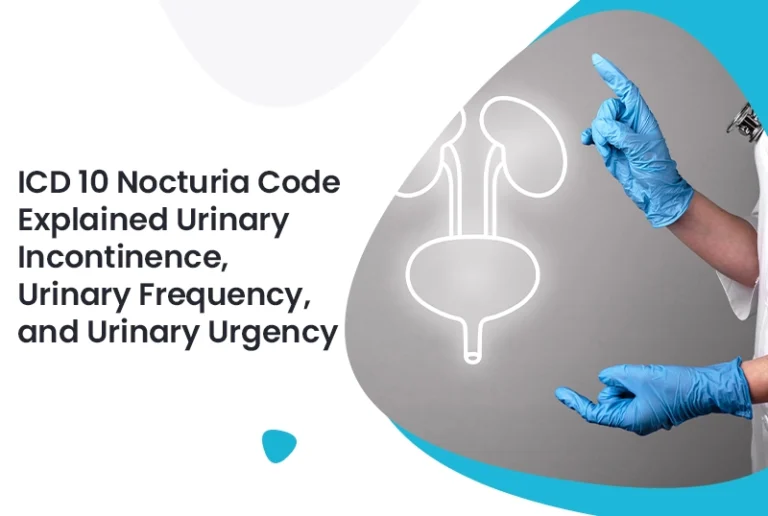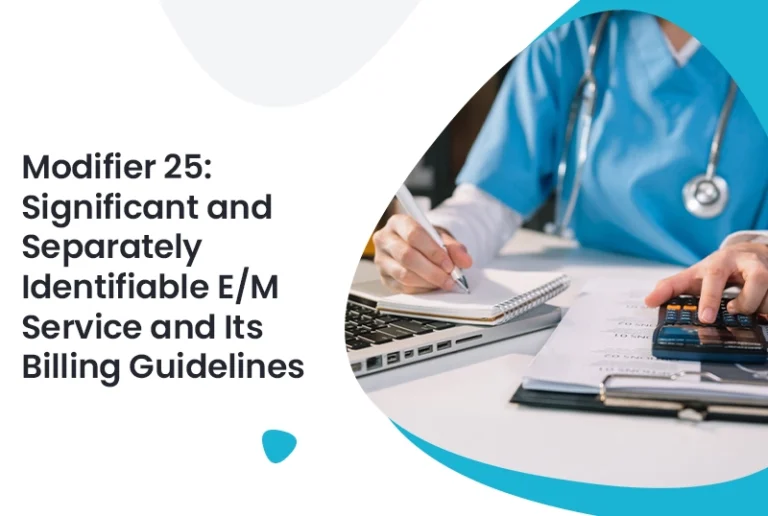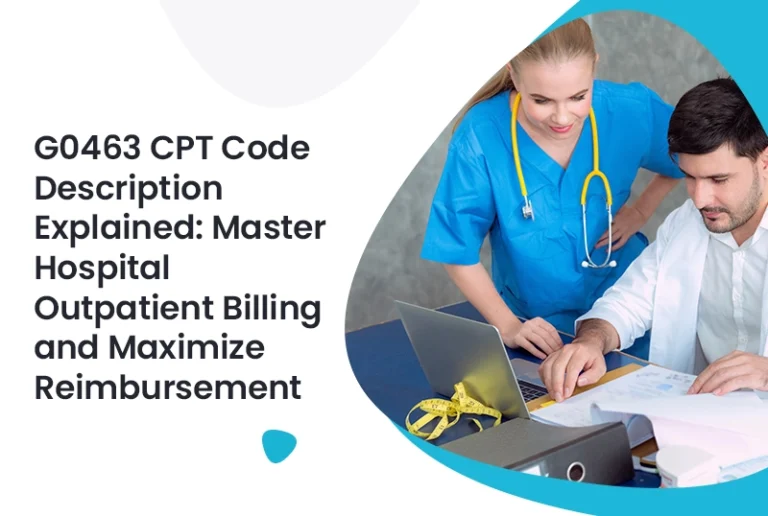Correct coding and clear documentation are two of the most important factors that determine whether or not you will be paid appropriately for the services you provide in the fast-paced world of healthcare. A commonly unclear CPT code is 92104, which is used for eye exams. Knowledge of how to correctly use this code can keep your claims approved and your income coming in, whether you’re a provider or a billing professional.
If you’re a medical billing company or working with one, it’s vital to ensure your team knows exactly when and how to use 92104 to avoid denials and maximize reimbursements.
So let’s break it down: What does CPT 92104 cover, when should you use it, and how do you make sure your billing is on point?
What Is CPT Code 92104?
CPT Code 92104 refers to:
“Ophthalmological services; medical examination and evaluation with initiation or continuation of diagnostic and treatment program; intermediate, established patient.”
This code is used for established patients and involves an intermediate level of care that includes evaluation and possible initiation or continuation of a treatment plan. It is commonly used in ophthalmology or optometry settings.
When to Use CPT 92104:
- For follow-up eye exams where medical treatment is already underway
- When managing chronic eye conditions in established patients
- In conjunction with diagnosis codes for conditions like glaucoma, diabetic retinopathy, or macular degeneration
When Not to Use It:
- For new patient visits (use 92004 or similar)
- For routine vision checks unrelated to a medical condition (those are often covered under vision plans, not medical)
Accurate usage of this code starts with proper documentation, something billing professionals must watch closely.
Why Documentation and Credentialing Matter More Than Ever
With coding requirements tightening and payers demanding more specific information, using CPT 92104 isn’t just about the code, it’s about proving medical necessity and making sure the right provider is billing it.
This is where medical credentialing services come into play. If the rendering provider is not properly credentialed with the payer or if the provider type doesn’t match the required specialty, you could be facing a denial even if your coding is flawless.
Credentialing must always be up to date, especially for specialists like ophthalmologists or optometrists, who bill CPT codes like 92104 frequently. Ensuring that the provider’s NPI and taxonomy align with payer requirements is just as crucial as the CPT code itself.
Need help with credentialing? A professional partner like Precision Hub ensures your provider profiles are aligned with current payer rules, so reimbursement never hits a roadblock.
Billing Best Practices for CPT 92104
Even with the right documentation and credentialing, billing errors can still happen. Here’s how you can minimize risk:
Tips for Accurate Billing:
- Match with the right ICD-10 codes – Common diagnosis codes include H40.9 (unspecified glaucoma) or E11.9 (type 2 diabetes without complications).
- Avoid duplication – Don’t bill 92104 on the same day as codes like 92014 unless clinically justified.
- Use modifiers when needed – For example, Modifier -25 may be necessary if the exam is performed with another procedure.
- Know payer policies – Medicare and private insurers may have differing rules on frequency and bundled services.
Furthermore, your medical coding team should be well-versed in ophthalmology-specific guidelines. Coding isn’t just about numbers, it’s about storytelling through documentation. If the story doesn’t match the code, the claim won’t get paid.
Why Coding Accuracy Impacts Your Bottom Line
Correctly using CPT 92104 isn’t just a compliance issue—it’s a revenue issue. Inconsistent or incorrect usage can lead to:
- Claim denials or delays
- Audits and recoupments
- Lower patient satisfaction due to billing disputes
- Lost revenue from unbilled services
That’s why training your medical coding team or outsourcing to certified professionals is a wise move. Not only do they stay up to date on payer rules and CPT code updates, but they also understand the nuances of specialty billing.
Precision Hub offers comprehensive coding audits, training, and claim review services that can help you reduce denials and keep cash flow consistent.
Conclusion: Don’t Let 92104 Be a Coding Mystery
CPT Code 92104 is more than just a billing line, it’s a reflection of your service quality and practice accuracy. When used correctly, it supports better patient care, streamlined reimbursement, and regulatory compliance.
To get it right:
- Understand the code’s intent
- Maintain strong documentation
- Keep your provider credentialing current
- Leverage certified coding professionals
Precision Hub is here to help you simplify billing, improve reimbursement rates, and ensure CPT codes like 92104 are never a barrier to your practice’s growth.
FAQs About CPT Code 92104
Q1: Can 92104 be used for new patients?
No. CPT 92104 is specifically for established patients receiving intermediate-level care. Use 92004 for new patients.
Q2: Does 92104 require medical necessity documentation?
Yes. Document the medical reason for the exam and the treatment or management plan initiated or continued.
Q3: Can 92104 and 92014 be billed on the same day?
Rarely. Both are for established patients but differ in complexity. Billing both must be clinically justified and often requires modifiers.
Q4: Is 92104 covered by vision plans?
No. It’s considered a medical exam and is typically billed under the patient’s medical insurance, not vision benefits.
Q5: How often can 92104 be billed?
This depends on the payer. Some limit frequency, especially for chronic conditions. Always verify with the insurance carrier.

